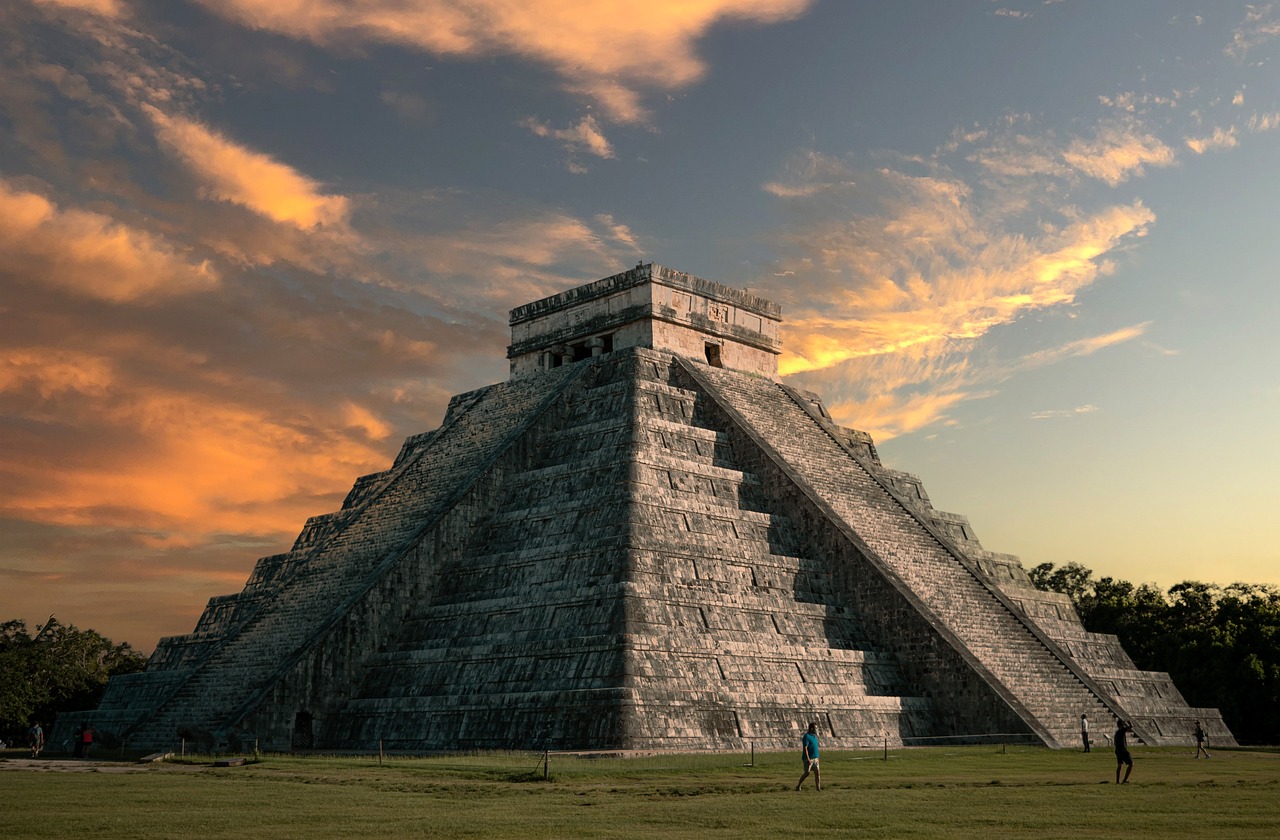A significant Mayan city has been uncovered in Mexico, centuries after it was lost beneath dense jungle growth. Archaeologists have identified structures such as pyramids, sports fields, causeways linking different areas, and amphitheaters in the southeastern state of Campeche. This newly discovered site, named Valeriana, was located using Lidar technology—a radar method that maps hidden structures beneath vegetation.
Valeriana is believed to be the second-largest Mayan city, following Calakmul, which is recognized as the largest ancient Mayan site in Latin America. The city’s size is comparable to that of Edinburgh, Scotland. The discovery came about unexpectedly when archaeologist Luke Auld-Thomas stumbled upon relevant data while searching online. He found a Lidar survey conducted by a Mexican environmental monitoring organization.
When Auld-Thomas analyzed the data with archaeological techniques, he revealed a vast ancient city that may have housed between 30,000 and 50,000 residents at its peak from 750 to 850 AD—surpassing the current population of the region. Valeriana was named after a nearby lagoon and challenges the perception that tropical regions were home to declining civilizations. According to Professor Marcello Canuto, one of the study’s co-authors, this area was instead rich with complex cultures.
While the reasons for the city’s eventual decline remain unclear, climate change is seen as a significant factor. Valeriana exhibits characteristics typical of a capital city and features a high density of buildings compared to Calakmul, located about 62 miles away. Remarkably, it lies just a 15-minute hike from a major road near Xhipul, where a predominantly Mayan community resides.
Despite local suspicions about ruins beneath the earth’s surface, no images of Valeriana exist since no one had ventured there before this research. The city spans approximately 16.6 square kilometers and contains two central areas with large structures situated around 1.2 miles apart, interconnected by dense residential buildings and causeways.
The site features two plazas with temple pyramids for worship and areas for playing an ancient ball game. Evidence of water reservoirs suggests that its inhabitants utilized their environment to sustain a large population. In total, Auld-Thomas and his team identified 6,764 buildings across three sites within the jungle.
Professor Elizabeth Graham from University College London highlights that this finding reinforces the idea that Mayans lived in intricate urban settings rather than isolated villages. The research indicates that when Mayan civilizations began collapsing around 800 AD due to climate challenges, their dense populations may have contributed to their vulnerability.
Lidar technology has transformed archaeological exploration in densely vegetated regions like this one by allowing researchers to uncover lost civilizations more efficiently than traditional methods. Auld-Thomas notes that many more sites likely remain undiscovered due to this technology’s potential for revealing previously hidden structures.


